Understanding and prioritizing your budget is crucial for effective home repair and maintenance. DIY strategies, such as painting or basic plumbing, can significantly reduce costs. Regular checks prevent minor issues from becoming costly major repairs. Utilizing local resources and government programs offers discounts and free services for eligible homeowners. Proactive steps like routine check-ups and energy-efficient upgrades prevent costly surprises and protect your home's value. Financing options exist to help manage expenses without straining budgets, allowing responsible investment in homes.
Looking to tackle your to-do list without breaking the bank? Home repair and maintenance don’t have to be costly. This guide breaks down affordable pricing options, from understanding your budget and creative cost-cutting measures to DIY projects and exploring local resources. We’ll show you how to smartly invest in long-term savings through preventive care, as well as utilize financing options for major repairs without the financial strain. Get ready to transform your home on a budget.
- Understanding Your Budget: A Key Step in Home Repair
- Creative Ways to Reduce Costs for Essential Repairs
- DIY Projects: When and How to Save on Maintenance Tasks
- Exploring Local Resources and Discounts for Homeowners
- Smart Investing: Long-Term Savings Through Preventive Measures
- Utilizing Financing Options for Major Repairs Without Breaking the Bank
Understanding Your Budget: A Key Step in Home Repair
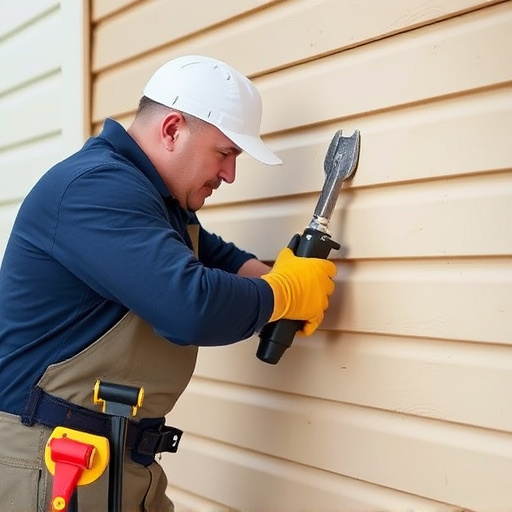
Understanding your budget is a crucial step in tackling home repair and maintenance tasks, ensuring you allocate funds wisely and avoid financial strain. Before diving into any project, assess your financial situation to determine how much you can realistically spend on repairs or upgrades. Start by categorizing your expenses; prioritize essential bills first, then allocate money for home improvement projects based on their urgency and importance.
This process allows you to make informed decisions about which repairs to address first and helps you stay within your budget constraints. By planning ahead and understanding your financial limits, you can approach home repair and maintenance with confidence, knowing that you’re making responsible and affordable choices for your living space.
Creative Ways to Reduce Costs for Essential Repairs
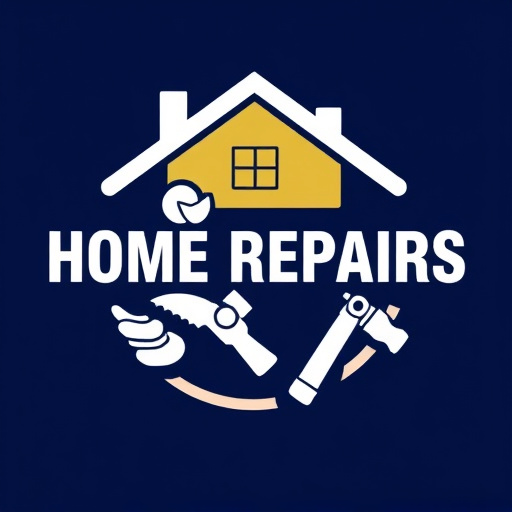
When it comes to home repair and maintenance, creativity can be a powerful tool for saving money without compromising quality. One effective strategy is to take on smaller, do-it-yourself projects yourself. Tasks like painting, basic plumbing repairs, or simple electrical work can significantly reduce costs if done right. Online tutorials and DIY forums are excellent resources to learn these skills.
Additionally, consider prioritizing essential repairs over non-essential ones. Focus on fixing issues that directly impact safety, energy efficiency, or structural integrity. For example, repairing a leaky roof or replacing broken windows can save money in the long run by preventing further damage and reducing utility bills. Trading services with friends or neighbors for minor repairs is another innovative way to keep costs low, fostering community bonds while maintaining your home.
DIY Projects: When and How to Save on Maintenance Tasks
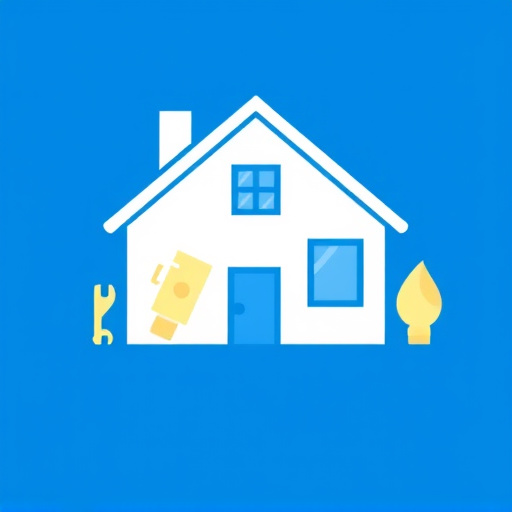
Many homeowners often overlook the potential savings when it comes to DIY projects, especially for regular home repair and maintenance tasks. Taking on simple projects yourself can significantly reduce costs over time. For instance, fixing a leaky faucet or replacing a light fixture might seem daunting, but these are relatively easy and inexpensive repairs that can save you hundreds in maintenance fees. With a bit of research and some basic tools, you can learn to tackle these tasks, ensuring your home remains in good condition without breaking the bank.
The key is to identify projects that align with your skill level and those that don’t require specialized equipment. Regular maintenance checks, such as cleaning gutters or sealing cracks, are also areas where DIY can make a big difference. By scheduling these tasks into your routine, you can prevent minor issues from becoming costly major repairs. It’s an effective strategy to stay on top of home repair and maintenance while enjoying the satisfaction of a job well done and the financial benefits that come with it.
Exploring Local Resources and Discounts for Homeowners
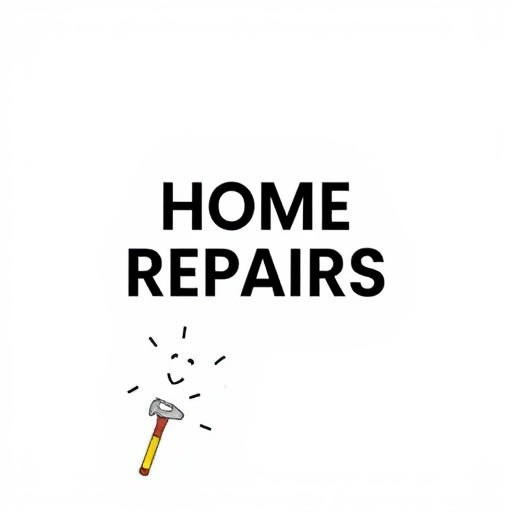
Homeowners often overlook the wealth of resources available to them when it comes to managing their home repair and maintenance budgets. Local governments, community centers, and non-profit organizations frequently offer discounts, grants, or even free services for eligible homeowners. These can range from financial aid for specific projects like roof repairs or energy-efficient upgrades, to workshops and classes on DIY techniques that help residents tackle smaller tasks themselves, saving money in the long run.
Exploring these local resources is a smart way to stay within budget while ensuring your home remains well-maintained. Many cities have dedicated websites or hotlines where you can find information about available programs. Keep an eye out for community events too; often, these gatherings provide opportunities to connect with local experts who might offer advice or even volunteer their time to help with minor repairs, fostering a supportive and cost-saving environment within the neighborhood.
Smart Investing: Long-Term Savings Through Preventive Measures
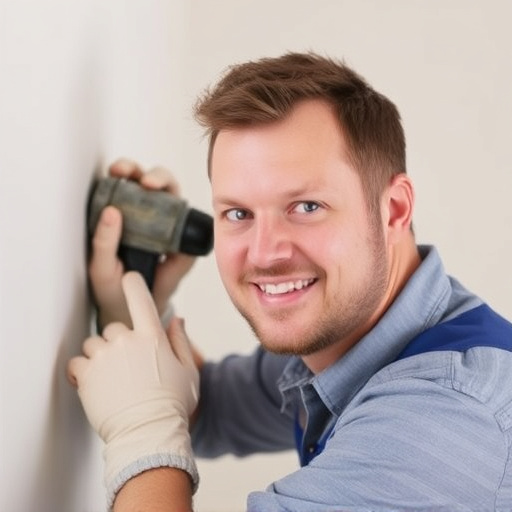
Smart investing in home repair and maintenance can be a game-changer for your budget in the long run. By taking proactive steps, you can prevent costly surprises that often arise from neglecting routine upkeep. For instance, regular check-ups on plumbing, electrical systems, and roofing can identify issues early, avoiding major repairs later. Similarly, maintaining HVAC systems, insulating your home, and investing in energy-efficient appliances not only save money on utility bills but also preserve the value of your property.
These preventive measures are a sound strategy for any homeowner looking to stay within their budget. While initial investments may seem high, the long-term savings significantly outweigh the costs. Plus, it ensures that your home remains in excellent condition, potentially increasing its resale value. So, prioritizing home repair and maintenance is not just smart financial planning; it’s also a way to protect your largest investment.
Utilizing Financing Options for Major Repairs Without Breaking the Bank
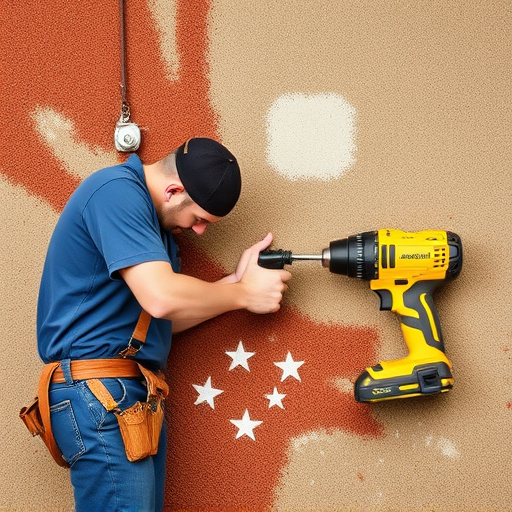
When it comes to home repair and maintenance, major repairs can often put a significant strain on one’s budget. However, there are financing options available that allow homeowners to access the funds needed without breaking the bank. Many financial institutions and credit unions offer loans specifically tailored for home repairs, often with competitive interest rates and flexible repayment terms. These options provide a practical solution for those who may not have substantial savings set aside for unexpected maintenance costs.
By utilizing these financing schemes, homeowners can responsibly manage essential repairs, ensuring their homes remain safe and comfortable. Whether it’s replacing a roof, fixing structural issues, or upgrading outdated systems, accessing credit through reputable lenders enables individuals to invest in their most valuable asset—their home. With careful planning and the right financial partner, managing home repair expenses becomes more manageable, allowing for a smoother transition without compromising one’s financial stability.
When it comes to home repair and maintenance, managing your budget doesn’t have to mean sacrificing quality or putting off necessary tasks. By understanding your financial constraints, getting creative with cost-saving measures, and leveraging available resources, you can efficiently maintain your home without breaking the bank. Whether through DIY projects, exploring local discounts, or strategically financing major repairs, there are numerous ways to save on home repair and ensure a comfortable living environment without overextending yourself.
